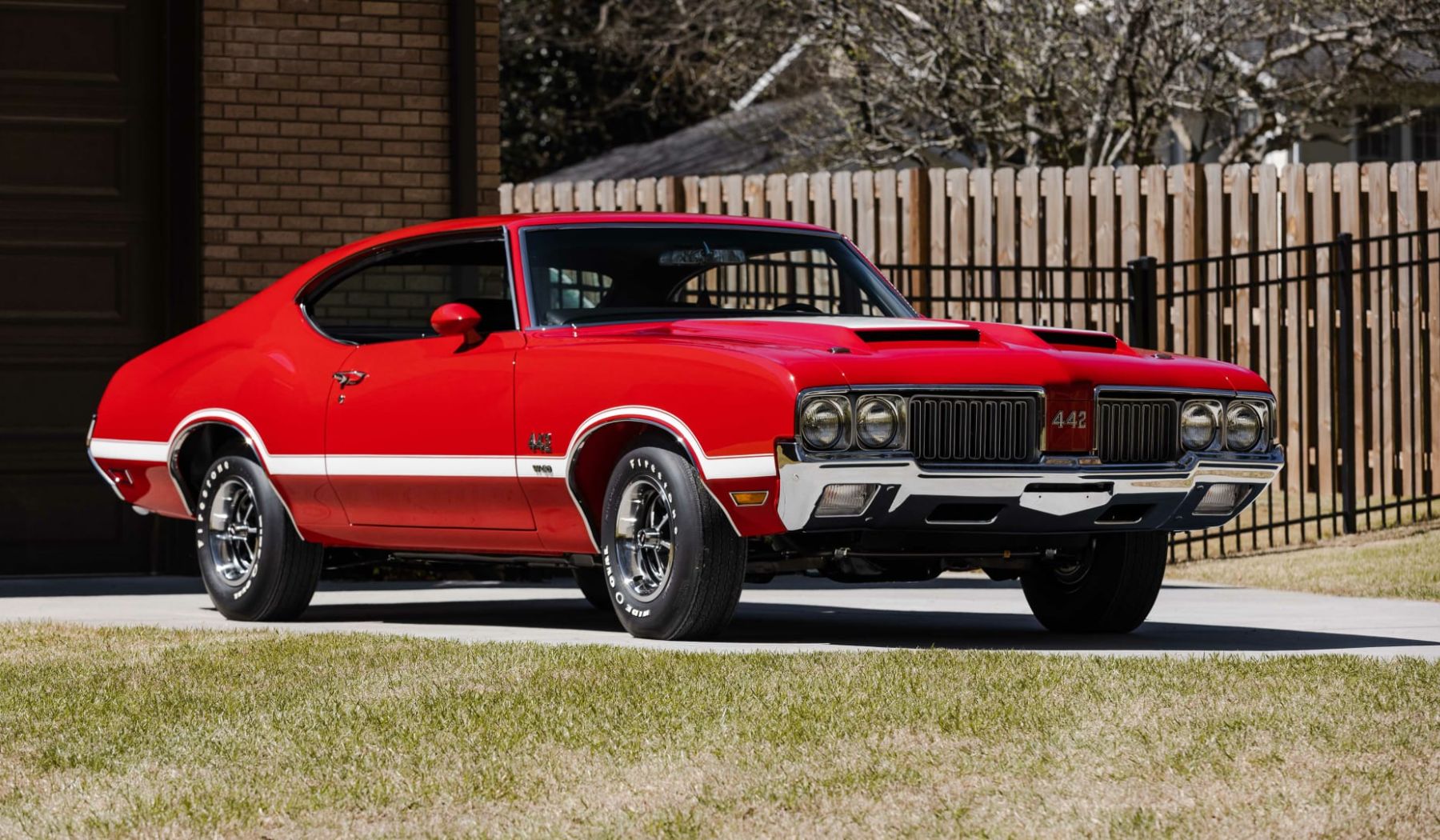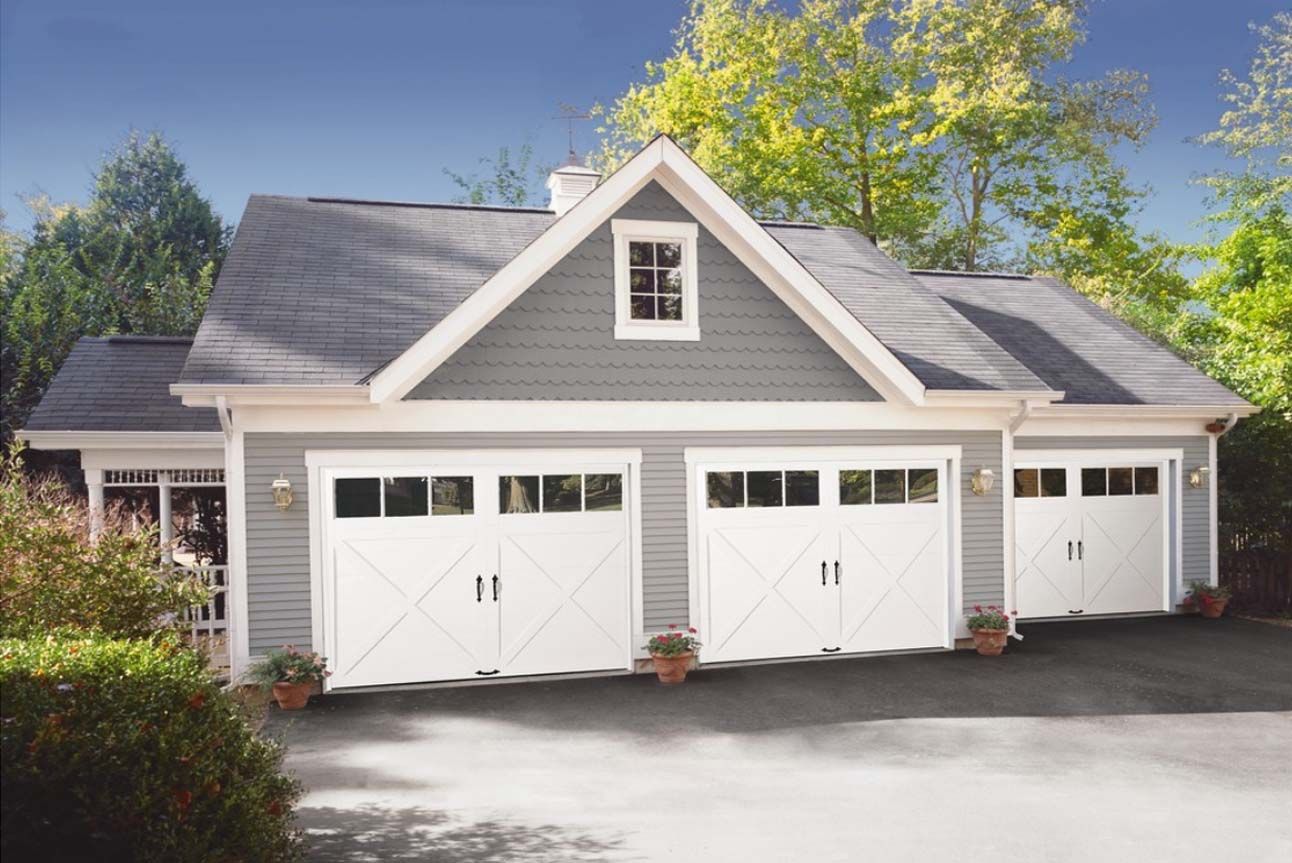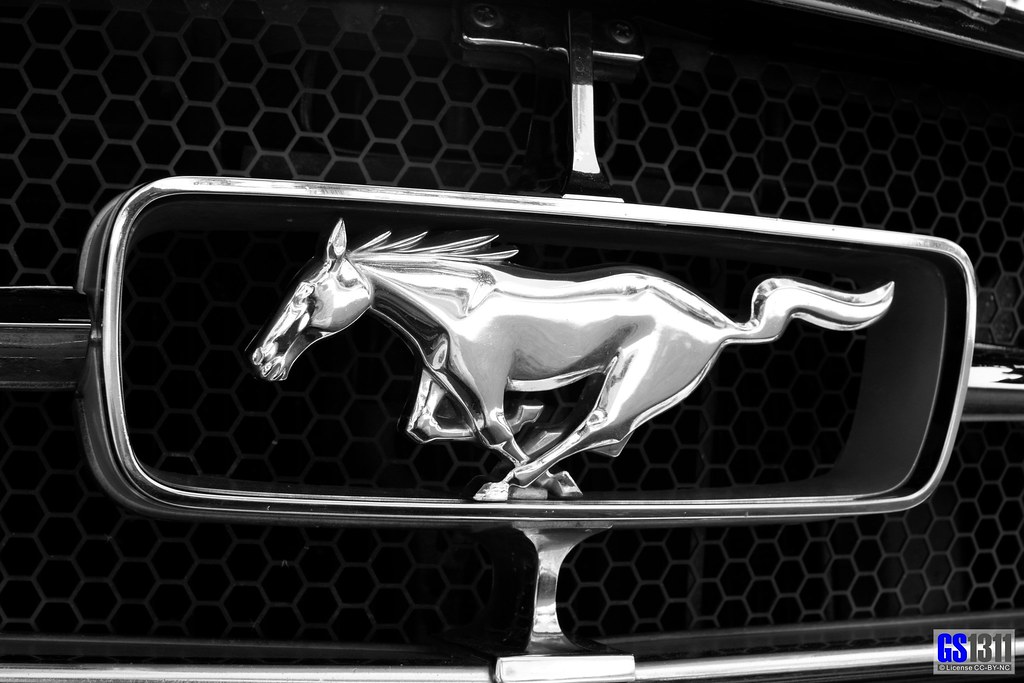
Ford Motor Company is currently managing a series of significant recalls impacting millions of vehicles globally, primarily centered on defective rearview camera systems. These issues, ranging from software glitches to hardware malfunctions, compromise a federally mandated safety feature and pose increased risks for drivers. The scope of these recalls spans numerous popular models, including the F-150, Super Duty trucks, Mustang, Bronco, and various Lincoln luxury vehicles, affecting model years from 2015 through 2025.
The problems manifest as rearview camera images that may go dark, lag, freeze, or display distorted views when a vehicle is shifted into reverse. This critical malfunction directly violates Federal Motor Vehicle Safety Standard (FMVSS) 111, which requires a functional image behind the car for safe reversing. Ford has faced a $165 million fine in the past for delays in addressing similar safety concerns, underscoring the serious nature of these ongoing issues.
This in-depth article will navigate the complexities of these widespread recalls. It will detail the specific defects, identify affected models and their associated recalls, explain the repair options available to owners, and provide crucial advice for maintaining safety while awaiting necessary fixes. Understanding these alerts is vital for Ford and Lincoln owners to ensure their vehicles meet safety standards and mitigate potential hazards on the road.
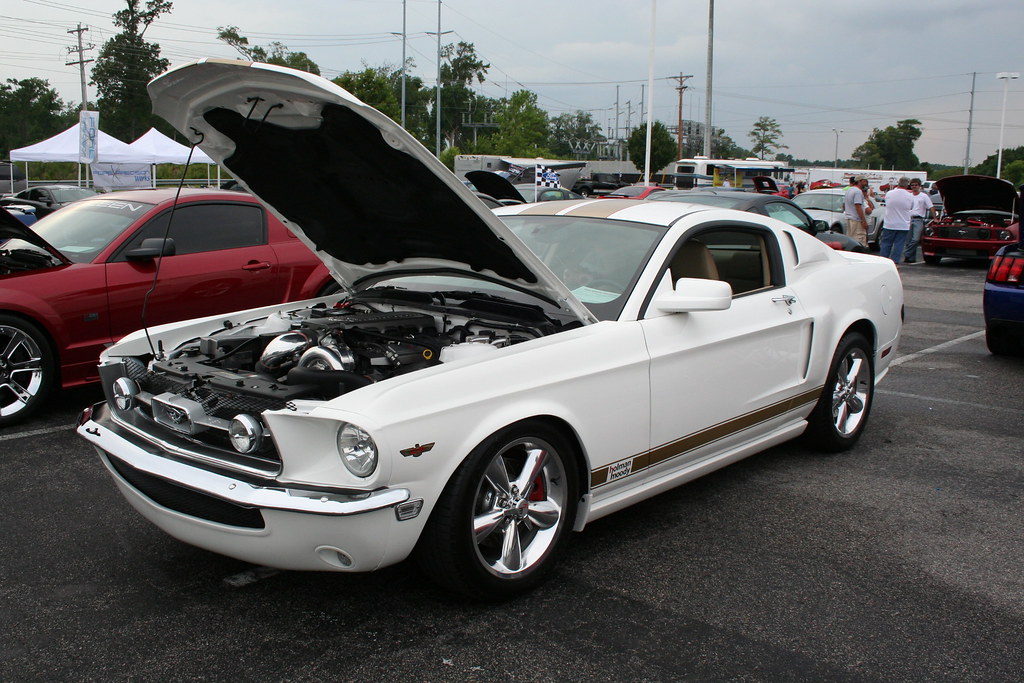
1. **The Pervasive SYNC 4 Software Glitch (Recall 25V-315 / 25S49)**Ford’s most extensive recent recall, designated 25V-315 / Ford 25S49, targets more than 1 million vehicles built between 2021 and 2025. This particular recall stands apart because its root cause is not a physical hardware failure but a software bug embedded within the SYNC 4 infotainment system’s code. This flaw can disable rearview cameras without any prior warning or error messages, presenting drivers with a black screen, a frozen image, or no display at all when attempting to reverse.
The issue originates within the Accessory Protocol Interface Module (APIM), specifically affecting SYNC 4 versions 1.7 through 1.9. A defect in how these versions handle wireless communication can cause the system to execute commands in an incorrect sequence during boot-up. This misfiring within the infotainment system’s brain leads to the failure of the rear camera feed. The absence of an error message means drivers may be unaware of the impending failure until they shift into reverse.
Ford initiated an investigation into this widespread problem following a surge of complaints, particularly from owners of 2021–2023 F-150s. Engineers successfully replicated the glitch in a controlled environment and definitively linked it to the faulty SYNC versions. The prescribed solution for this software-driven defect is a reflash of the APIM software. This update aims to correct the command sequencing, thereby restoring reliable rearview camera functionality.
The recall impacts a broad spectrum of Ford and Lincoln vehicles, encompassing trucks, SUVs, crossovers, and electric vehicles. Models such as the Ford Bronco, Edge, Escape, F-150, Super Duty, Expedition, Transit, Mach-E, Ranger, Mustang, Lincoln Nautilus, Navigator, and Corsair are included. Owners of these vehicles, especially those with SYNC versions 1.7 to 1.9, are strongly advised to verify their recall status and seek the necessary software update.
This software glitch, despite not being a hardware failure, is deemed a significant safety risk by the National Highway Traffic Safety Administration (NHTSA). A non-functional rearview camera violates FMVSS 111, necessitating a safety recall. While Ford has confirmed only one minor property-damage crash directly linked to this specific glitch, the nature of these incidents—low-speed fender benders—suggests that many more likely go unreported.
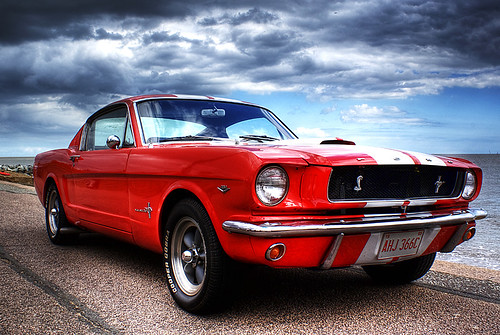
2. **Hardware Failures: Fretting Corrosion in 2015 Models (Recall 25V-270 / 25S42)**Beyond software issues, Ford has also issued recalls addressing physical defects in rearview camera components. One such recall, 25V-270 / 25S42, specifically targets 160,729 vehicles from the 2015 model year. This includes F-Super Duty trucks (F-250, F-350, F-450), Ford Expedition, Lincoln Navigator, and Lincoln MKC models. The root cause for these older vehicles is identified as fretting corrosion within the camera’s internal connector.
Fretting corrosion occurs when slight movements between contact points within the camera’s internal connector lead to wear and oxidation. Over time, this corrosion degrades the conductivity of these contact points, disrupting the electrical signal from the camera. The result for drivers is a rearview image that may flicker, become distorted, or completely disappear at crucial moments when backing up. This presents a clear and immediate safety hazard.
The repair for recall 25V-270 is more direct than a software patch; it requires the replacement of the entire camera unit with a redesigned version. This ensures that the faulty internal connector is removed and replaced with a component engineered to resist fretting corrosion. Ford began dispatching recall notices for this campaign around May 5–6, 2025, urging affected owners to schedule the necessary repair.
This particular defect is not new to Ford. Recall 25V-270 is an expansion of a previous recall, 22V-082, which failed to encompass the full population of affected vehicles. This suggests a more widespread design flaw originating from a supplier than Ford initially recognized. The expansion highlights the ongoing challenges automakers face in fully identifying and remedying component defects that impact vehicle safety over time.
While repairs are provided free of charge, owners should be aware of potential delays. Experience from similar campaigns indicates that high demand for replacement parts can sometimes outpace supply, leading to extended wait times at dealerships. Until the camera unit is replaced, affected owners should exercise extreme caution when reversing, relying on mirrors and direct observation, as their rearview camera cannot be trusted.
Car Model Information: 2019 Ford Expedition Max Limited
Name: Ford Expedition
Manufacturer: Ford Motor Company
Production: 1996–present
ModelYears: 1997–present
Class: Full-size car,Sport utility vehicle
Related: Lincoln Navigator
BodyStyle: Sport utility vehicle
Layout: Front-engine, rear-wheel-drive layout,Front-engine, four-wheel-drive layout
Chassis: Body-on-frame
Predecessor: Ford Bronco,Ford Excursion
Categories: 2000s cars, 2010s cars, 2020s cars, All-wheel-drive vehicles, All Wikipedia articles written in American English
Summary: The Ford Expedition is a full-size SUV produced by Ford Motor Company since the 1997 model year. The successor to the Ford Bronco, the Expedition shifted its form factor from an off-road oriented vehicle to a truck-based station wagon. Initially competing against the Chevrolet Tahoe, the Expedition also competes against the Toyota Sequoia, Nissan Armada, and the Jeep Wagoneer.
First used for a 1992 F-150 concept vehicle, Ford first marketed the Expedition nameplate for 1995 on a trim level package for the two-door Ford Explorer Sport. As with its Bronco predecessor, the Expedition is heavily derives its chassis from the Ford F-150, differing primarily in suspension configuration. All five generations of the Expedition have served as the basis of the Lincoln Navigator–the first full-size luxury SUV. The model line is produced in two wheelbases (an extended-wheelbase variant introduced was introduced for 2007, largely replacing the Ford Excursion), with seating for up to eight passengers.
Ford currently assembles the Expedition at its Kentucky Truck Assembly facility (Louisville, Kentucky) alongside the Lincoln Navigator and Super Duty trucks. Prior to 2009, the model line was assembled by the Michigan Assembly Plant (Wayne, Michigan).
Get more information about: Ford Expedition
Buying a high-performing used car >>>
Brand: Ford Model: Expedition
Price: $28,885 Mileage: 82,142 mi.
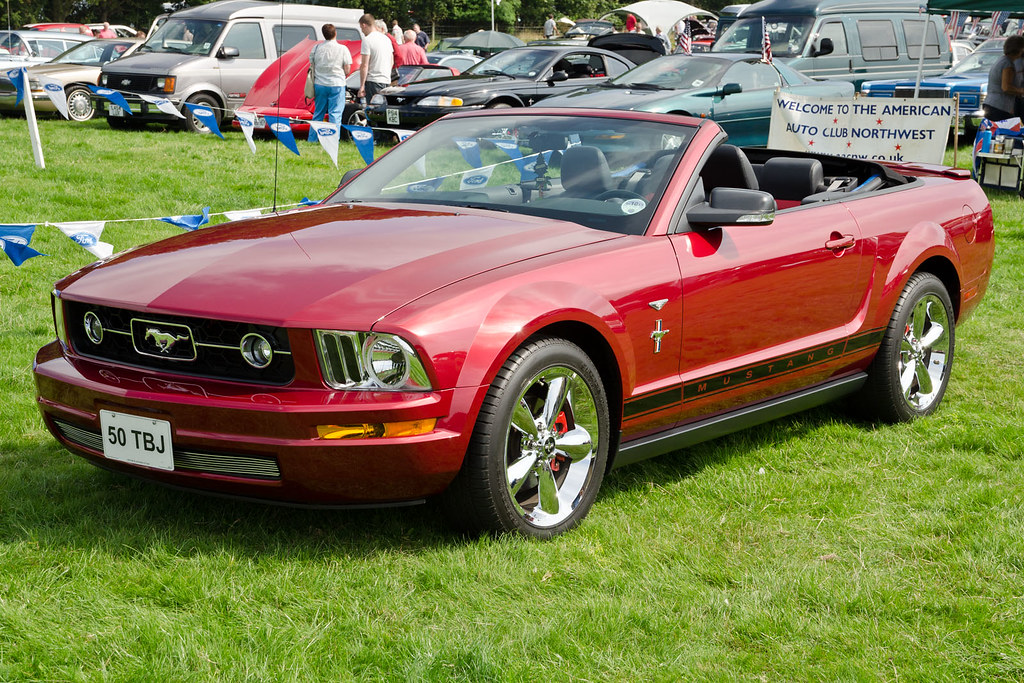
3. **Loose Connectors: 2022-2023 Bronco and 360° Camera Systems (Recall 25V-273 / 23S48)**Another distinct hardware-related recall, 25V-273 / 23S48, addresses a different physical defect impacting newer Ford and Lincoln models. This campaign targets 128,889 vehicles, including 2022–2023 Broncos, along with other vehicles equipped with 360-degree or HD cameras from 2018 to 2023, such as the Aviator, Navigator, and Transit models. The problem in these vehicles stems from a loose circuit board connector located within the Magna-supplied “Zurich” camera modules.
This loose internal connection can lead to a variety of rearview display failures. Drivers have reported the image going completely blue, flickering intermittently, or blacking out entirely during use. These disruptions are particularly dangerous when shifting into reverse or utilizing the low-speed surround views, which are critical for navigating tight spaces and avoiding obstacles. The sudden loss of vision can easily contribute to parking lot accidents or other low-speed collisions.
Similar to the fretting corrosion issue, the resolution for recall 25V-273 involves a full camera replacement. However, a significant challenge for this recall is the availability of parts. Ford has indicated that replacement cameras for 2022–2023 Broncos, in particular, will not be widely available until the fourth quarter of 2025. This extended waiting period leaves a substantial number of owners driving vehicles with a known safety defect.
Ford is managing the notification process for this recall in staggered batches, prioritizing by model year to align with the phased arrival of replacement parts. This means some owners will receive their recall notices much later than others. Until the necessary parts become available and the repair can be completed, Ford’s official advice to affected drivers is to revert to traditional methods of backing up: “use your mirrors and watch your shoulders.”
The presence of such a fundamental manufacturing flaw in newer, more technologically advanced camera systems highlights persistent quality control issues within Ford’s supply chain or internal testing. Drivers relying on these advanced camera features for everyday safety maneuvers are left vulnerable due to a simple mechanical connection failure. Vigilance and traditional driving techniques are paramount for owners awaiting this delayed repair.
Car Model Information: 2022 Ford Bronco Base
Name: Ford Bronco
Caption: 2021 Ford Bronco Outer Banks (4-door)
Manufacturer: Ford Motor Company
Production: 1965–1996,2021–present
Class: Compact SUV
Layout: Front-engine, four-wheel-drive
BodyStyle: SUV
Successor: Ford Expedition
ModelYears: 1966–1996,2021–present
Categories: 1970s cars, 1980s cars, 1990s cars, 2020s cars, All-wheel-drive vehicles
Summary: The Ford Bronco is a model line of SUVs manufactured and marketed by Ford. The first SUV model developed by the company, five generations of the Bronco were sold from the 1966 to 1996 model years. A sixth generation of the model line was introduced for the 2021 model year. The nameplate has been used on other Ford SUVs, namely the 1984–1990 Bronco II compact SUV, the 2021 Bronco Sport compact crossover, and the China-only 2025 Bronco New Energy.
Originally developed as a compact off-road vehicle using its own chassis, the Bronco initially competed against the Jeep CJ-5 and International Scout. For 1978, Ford enlarged the Bronco, making it a short-wheelbase version of the F-Series pickup truck; the full-size Bronco now competed against the Chevrolet K5 Blazer and Dodge Ramcharger.
Following a decline in demand for large two-door SUVs, Ford discontinued the Bronco after the 1996 model year, replacing it with the four-door Ford Expedition; followed by the larger Ford Excursion. After a 25-year hiatus, the sixth-generation Bronco was reintroduced in 2021 as a mid-size two-door SUV. It is also offered as a full-size four-door SUV with a 16 in (41 cm) longer wheelbase. It competes directly with the Jeep Wrangler as both a two-door and a four-door (hardtop) convertible.
From 1965 to 1996, the Ford Bronco was manufactured by Ford at its Michigan Truck Plant in Wayne, Michigan, where it also manufactures the sixth-generation version.
Get more information about: Ford Bronco
Buying a high-performing used car >>>
Brand: Ford Model: Bronco
Price: $36,692 Mileage: 24,909 mi.
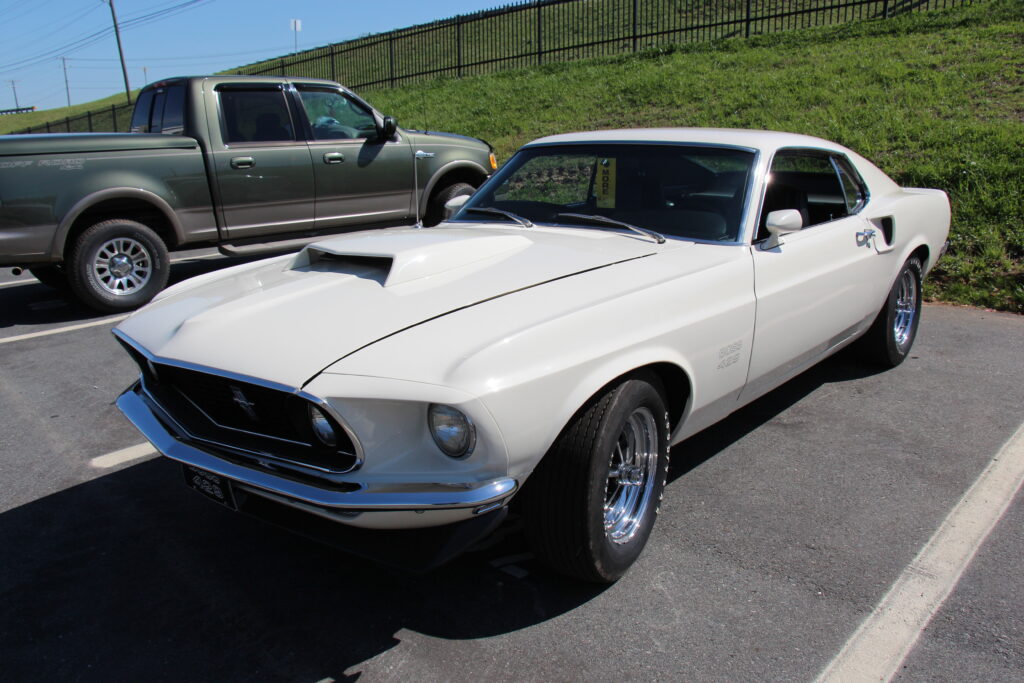
4. **The Landmark 2020 Recall and Ford’s $165 Million Fine (Recall 20V-575 / 20C19)**The current wave of rearview camera recalls is not an isolated incident for Ford; it follows a history of similar issues and regulatory scrutiny. A pivotal moment occurred in 2020 with recall 20V-575 / 20C19, which affected approximately 620,000 vehicles from the 2019–2020 model years. This recall included a broad range of popular models such as the F-Series, Expedition, Explorer, Mustang, Escape, Transit, Ranger, Edge, Lincoln Corsair, and Nautilus.
The defect in these vehicles was traced to the manufacturing process: during assembly, the camera’s internal terminals could shift or deform. This seemingly minor flaw was sufficient to cause intermittent or complete failure of the rearview camera feed, rendering the federally mandated safety system unreliable. Drivers reported instances where their screens would unexpectedly go blank, increasing the risk of accidents when reversing.
Ford’s handling of this 2020 recall attracted significant attention from the National Highway Traffic Safety Administration (NHTSA). The agency flagged Ford for taking too long to respond to the safety issue and to implement an effective recall. This delay in action ultimately led to severe repercussions. In November 2024, NHTSA imposed a staggering $165 million civil penalty on Ford, marking it as the second-largest recall fine ever issued in U.S. automotive history.
Beyond the monetary penalty, Ford was compelled to sign a consent order with NHTSA. This agreement mandated substantial changes to the company’s internal safety processes and recall management. It required Ford to develop a real-time safety analytics platform to detect defect patterns more rapidly, improve data-sharing protocols with NHTSA, and accelerate its internal recall decision-making. Furthermore, Ford was directed to invest in a dedicated camera/imaging test lab and implement full VIN traceability for all critical components.
This historical event serves as a stark reminder of the regulatory consequences of delayed safety responses. The fine and consent order were not merely about one specific batch of faulty parts but addressed a systemic pattern of late action, fragmented fixes, and incompletely resolved problems. It placed Ford under intense scrutiny, a microscope under which their subsequent and current recalls continue to be observed by regulators.
Car Model Information: 2019 Ford F-350 XL
Name: Ford F-Series
Caption: 2022 Ford F-150 Lariat Luxury
Manufacturer: Ford Motor Company
Aka: Ford Lobo (Mexico, 1992–present)
Production: 1948–present
Class: Pickup truck#Full-size pickup truck
Layout: Front-engine, rear-wheel-drive layout,rear-wheel drive
Predecessor: 1941 Ford
Categories: All-wheel-drive vehicles, All Wikipedia articles written in American English, All articles that may contain original research, All articles with unsourced statements, Articles that may contain original research from September 2020
Summary: The Ford F-Series is a series of light-duty trucks marketed and manufactured by the Ford Motor Company since model year 1948 as a range of full-sized pickup trucks — positioned between Ford’s Ranger and Super Duty pickup trucks. Alongside the F-150 (introduced in 1975), the F-Series also includes the Super Duty series (introduced in 1999), which includes the heavier-duty F-250 through F-450 pickups, F-450/F-550 chassis cabs, and F-600/F-650/F-750 Class 6–8 commercial trucks.
Get more information about: Ford F-Series
Buying a high-performing used car >>>
Brand: Ford Model: F-Series
Price: $36,435 Mileage: 142,230 mi.
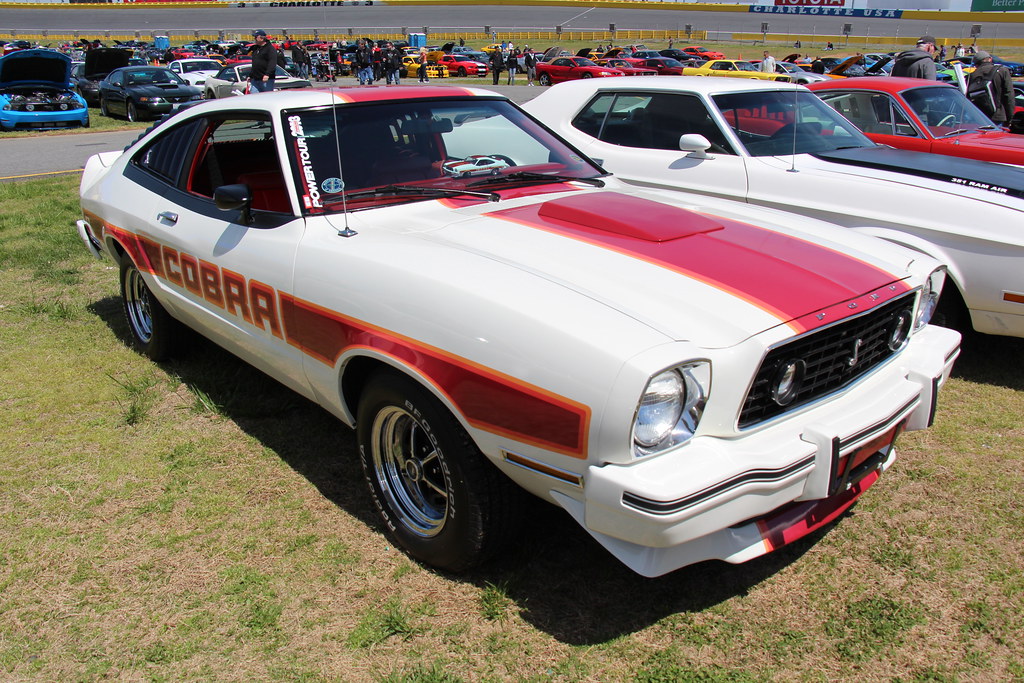
5. **Understanding Federal Mandates: FMVSS 111 and Rearview Camera Requirements**At the heart of every rearview camera recall lies a fundamental legal requirement: Federal Motor Vehicle Safety Standard (FMVSS) 111. This regulation, mandated by federal law, stipulates that all new passenger vehicles must be equipped with rearview cameras that provide a clear, live image of the area directly behind the vehicle when it is in reverse. This standard was established to enhance driver visibility, reduce blind spots, and ultimately prevent backing-up accidents, especially those involving pedestrians and small children.
The purpose of FMVSS 111 is to ensure that drivers have an unobstructed view to the rear, supplementing traditional mirrors. A functional rearview camera is not an optional luxury feature; it is a critical safety system designed to provide an additional layer of protection. When a rearview camera fails—whether due to software glitches, corroded connectors, or loose components—it directly compromises this mandated safety standard, rendering the vehicle out of compliance.
For regulators like NHTSA, the cause of failure, whether digital or physical, is secondary to the outcome. If a vehicle’s rear camera does not provide a live, reliable view when reversing, it breaks FMVSS 111. This non-compliance is sufficient grounds to trigger a safety recall, regardless of the number of reported accidents or injuries. The legal obligation is to ensure the system works as intended to prevent potential harm.
Ford’s previous $165 million fine for dragging its feet on a 2020 camera recall vividly illustrates the seriousness with which authorities view violations of FMVSS 111. The financial penalty, coupled with the consent order mandating systemic changes, underscored that automakers have a strict legal and ethical responsibility to ensure these safety features are fully functional. Failure to do so carries significant repercussions, both for corporate finances and public trust.
Therefore, for any Ford or Lincoln owner affected by these rearview camera recalls, the issue goes beyond mere inconvenience. It concerns a legally required safety system that is integral to safe vehicle operation. Until a recalled camera is properly fixed, the vehicle operates without a critical safety enhancement, potentially exposing both the driver and others to increased risk during reversing maneuvers.
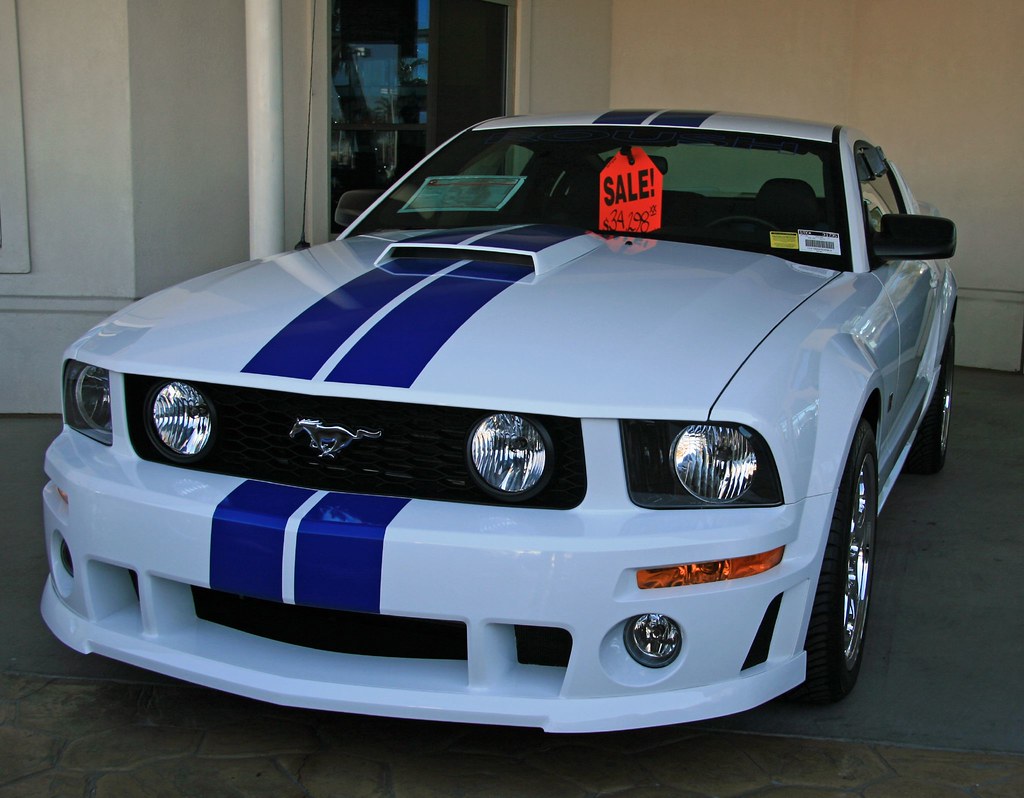
6. **The Accessory Protocol Interface Module (APIM) Flaw: Deeper Dive into SYNC 4 Instability**The core of the widespread SYNC 4 software glitch, impacting over a million Ford and Lincoln vehicles, lies specifically within the Accessory Protocol Interface Module (APIM). This module serves as the central processing unit for the infotainment system, including managing communication with various vehicle components like the rearview camera. The defect, identified in SYNC 4 versions 1.7 through 1.9, stems from a flaw in how the APIM handles wireless communication during the system’s boot-up sequence.
Under normal operating conditions, when the vehicle is started and the SYNC 4 system powers on, the APIM executes a series of commands in a predetermined order to initialize all connected features. However, in the affected software versions, this sequence sometimes goes awry. The system may run these commands in the wrong order, leading to a critical misfire within the infotainment brain that directly impacts the rearview camera feed.
The consequence of this disordered command execution is a compromised camera display. Drivers may experience the rearview image lagging significantly, freezing mid-frame like a stalled video, or disappearing entirely, resulting in a black screen. Crucially, this failure occurs without any accompanying error messages or warning lights. The driver only becomes aware of the problem at the precise moment they shift into reverse, when the expected live feed is either absent or corrupted.
Ford’s engineers meticulously recreated this glitch in their labs after a flood of complaints, predominantly from owners of 2021–2023 F-150s. Their investigation pinpointed the specific software logic error within the APIM. The fix for this internal flaw is a software patch: a reprogrammed APIM software update. This update aims to correct the command sequencing, ensuring the rearview camera initializes and operates correctly whenever the vehicle is put into reverse.
Understanding the APIM’s role and the specific nature of this software bug is essential for owners. It clarifies that this is not a random occurrence but a systemic issue rooted in the digital architecture of the SYNC 4 system. While not a physical component breaking down, its impact on a critical safety feature is just as severe, necessitating prompt action to apply the corrective software update.
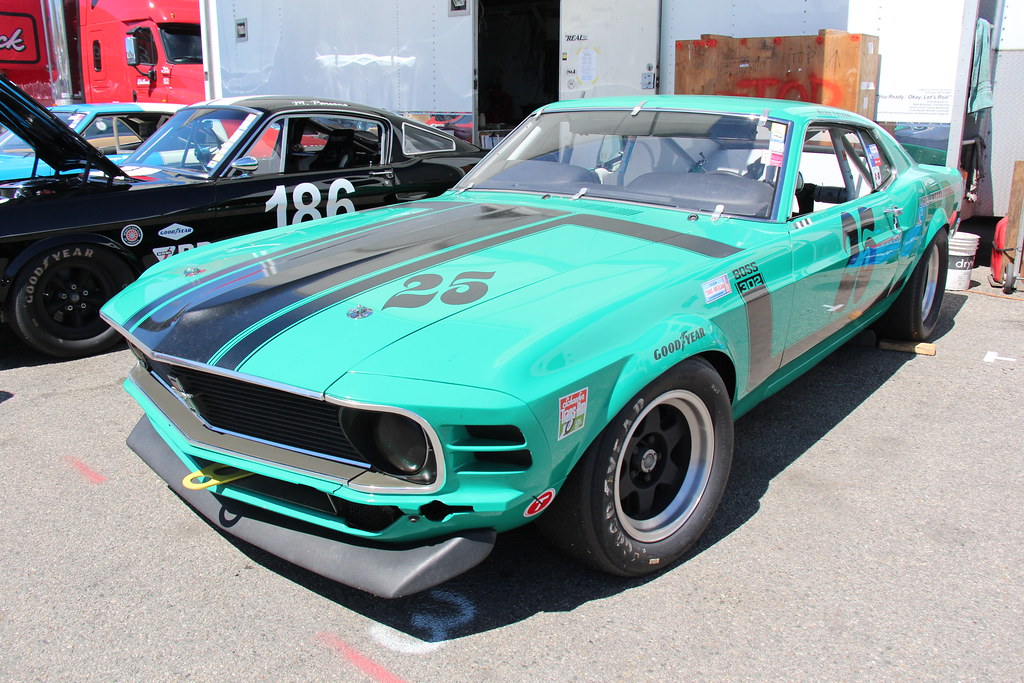
7. **Over-the-Air (OTA) Updates vs. Dealership Service for SYNC 4 Fixes**For owners affected by the SYNC 4 software recall (25V-315 / 25S49), Ford has outlined two primary methods for receiving the necessary APIM software update. The ideal scenario, designed for convenience, is an Over-the-Air (OTA) update. This wireless delivery method allows the software patch to be pushed directly to eligible vehicles, bypassing the need for a dealership visit.
If a vehicle is equipped with FordPass Connect and actively hooked into the system, Ford states that the update can be delivered wirelessly. Owners would typically receive a pop-up notification on their infotainment screen, prompting them to accept and install the update. This method offers a seamless experience, allowing the vehicle to handle the installation process automatically, often without interrupting the owner’s schedule. It is touted as the fastest and most convenient way to resolve the software glitch.
However, the reality of OTA updates has not been universally smooth. Many owners eligible for wireless updates have reported delays or outright failures to receive the patch. Forums are replete with accounts of drivers whose vehicles support OTA but never received the update, with some being advised to “wait a few more weeks” or redirected to their dealerships after no update appeared. This indicates that while OTA is efficient when it works, its reach is not consistent across all eligible vehicles.
For vehicles not OTA-capable, or for owners who encounter issues with the wireless update process, the alternative is a traditional dealership service appointment. At the dealership, technicians will connect to the vehicle’s system, manually flash the APIM software with the updated patch, and confirm its successful installation. This process typically takes less than two hours. However, wait times for appointments can vary significantly based on dealership capacity and current service backlogs.
Ford is rolling out the recall in two phases: an initial notice started June 16, 2025, informing owners of the safety issue, followed by a second notice once the fix is fully deployed, anticipated for Q3 2025. Until the update is successfully applied, whether wirelessly or at a dealership, drivers are advised to assume the software glitch is active and adjust their driving habits accordingly to compensate for potential rearview camera failure.
Beyond the previously detailed recalls, Ford continues to address additional rearview camera issues, demonstrating the multifaceted nature of these safety challenges. From specific software flaws affecting particular models to broad hardware defects impacting millions, the scope of these recalls necessitates comprehensive awareness and proactive steps from vehicle owners. This section will delve into further recent recalls and provide critical guidance for affected drivers.
Read more about: From Seamless Drives to Software Snafus: Unpacking the Digital Divide in 10 Brand-New Cars
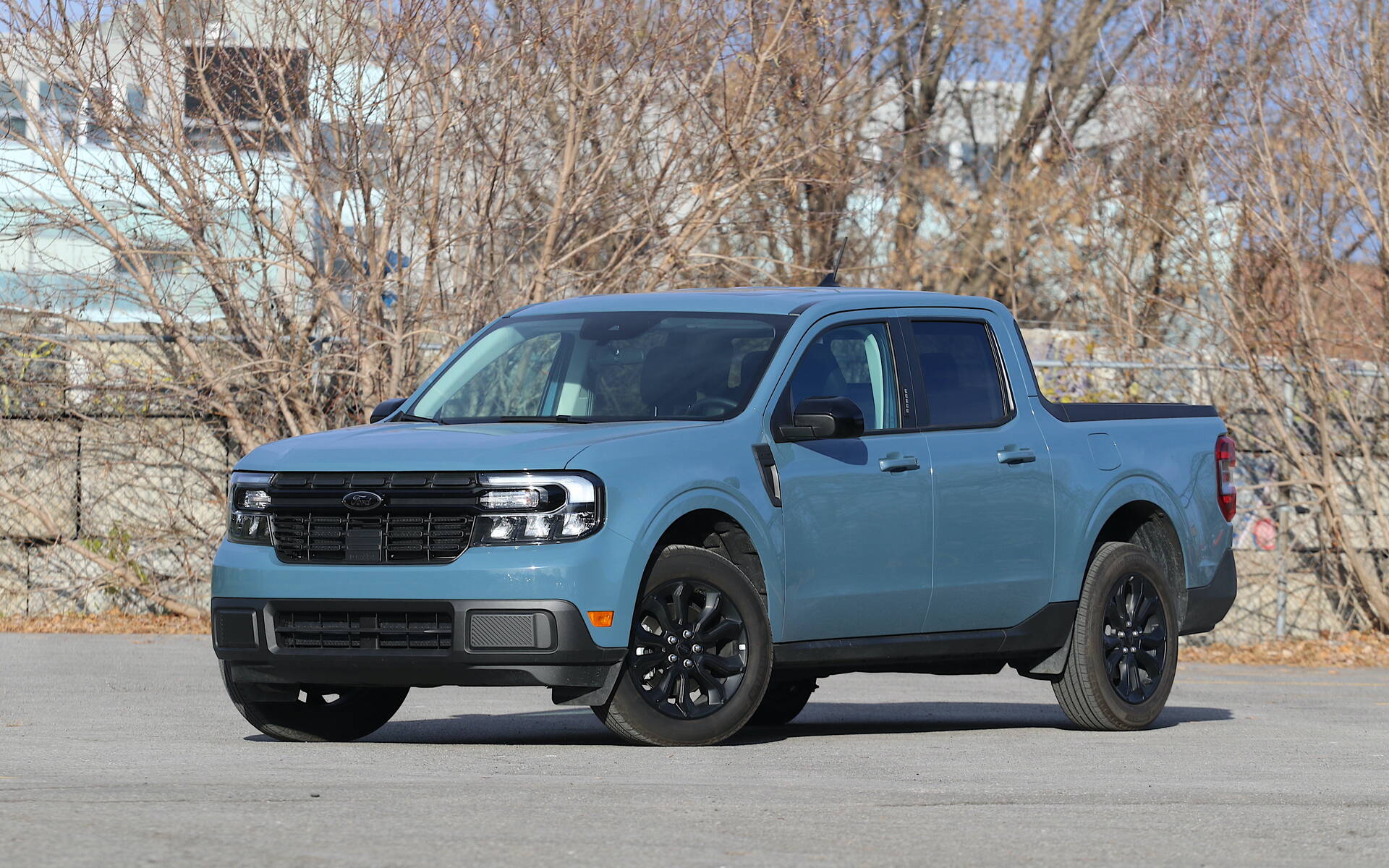
8. **The Maverick’s Specific Software Glitch (Recall 24V-684)**Ford has identified a distinct software-related recall, 24V-684, specifically targeting 144,516 Maverick models from the 2022–2024 model years. This issue, separate from the broader SYNC 4 glitch, is attributed to a memory leak within the vehicle’s Connected Touch Radio (CTR) system. This defect can lead to the rearview camera feed freezing, severely compromising driver visibility when reversing.
The memory leak within the CTR causes system instability, preventing the rearview camera from functioning correctly. Drivers may experience a frozen image on their display, or the image may fail to appear at all. This malfunction directly violates Federal Motor Vehicle Safety Standard (FMVSS) 111, which mandates a clear, live view behind the vehicle when in reverse.
The prescribed remedy for this specific Maverick recall is a software update for the CTR. This update aims to correct the memory leak, thereby restoring stable and reliable rearview camera functionality. Owners of affected Mavericks should expect notifications and are encouraged to seek this necessary software patch to ensure their vehicle’s safety compliance.
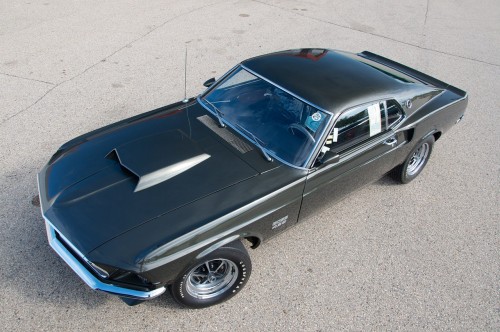
9. **Another Major Software Issue: The 200,000+ Vehicle Recall (25S72)**In a July 3, 2025 announcement, Ford detailed another significant software-related recall, identified as 25S72, impacting over 200,000 vehicles in the U.S. This broad campaign covers a wide array of models from various model years, including the 2018-2022 Ford Transit Connect, 2019-2020 Lincoln MKZ, 2019-2020 Ford Edge, 2019-2020 Lincoln Continental, 2019-2020 Ford F-150, 2019-2020 Lincoln Nautilus, 2019-2020 Ford Fusion, 2019-2023 Ford Ranger, 2019-2023 Ford Mustang, 2020-2021 Ford EcoSport, 2020-2021 Ford Expedition, 2020-2021 Lincoln Navigator, 2020-2022 Ford Escape, 2020-2022 Ford F-250 SD, 2020-2022 Lincoln Corsair, 2020-2023 Lincoln Aviator, 2020-2023 Ford Transit, 2020-2024 Ford Explorer, 2021-2024 Ford Bronco Sport, and 2022-2024 Ford Maverick.
The issue stems from “an error in the SYNC software [that] can cause system instability concerns and/or a failure to preserve certain settings across ignition cycles.” This software defect can manifest in several ways, including an “intermittent blank image while in reverse or rear-view image remaining on display after reverse driving has ended.” Other non-safety related symptoms may include “a black infotainment screen, incorrect language setting, and/or potential inability to perform software updates.”
This specific software error differs from the previously discussed SYNC 4 APIM flaw, affecting a distinct set of vehicles and presenting unique symptomology. Ford has confirmed 1,326 backup camera warranty claims related to this condition between June 13, 2023, and May 23, 2025. The remedy involves a software update to the rearview camera system by dealerships, provided free of charge. Owners will receive initial recall letters between July 28 and August 1, 2025.
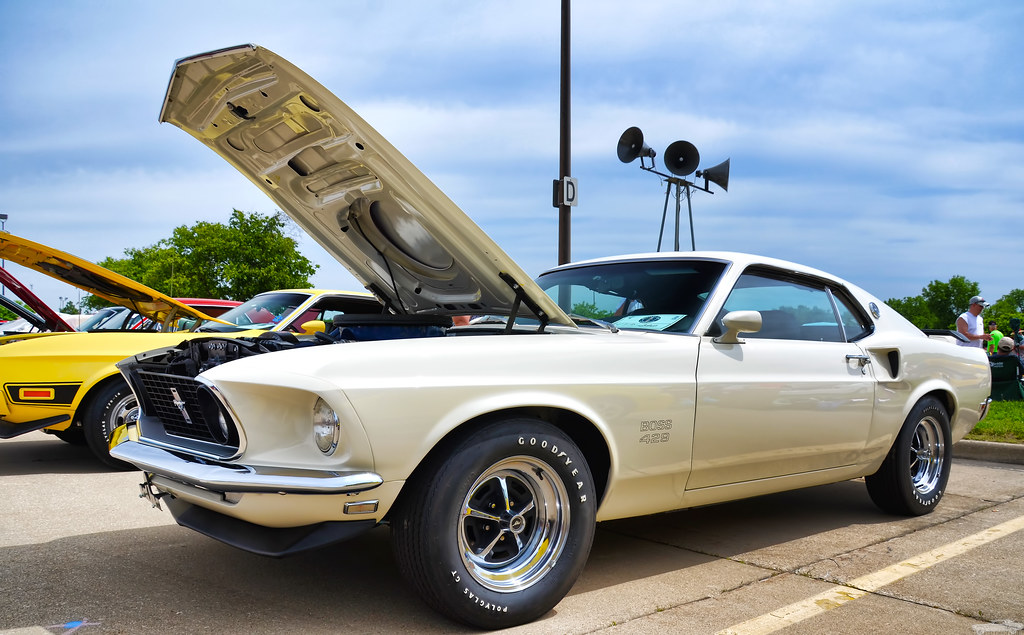
10. **Expanded Hardware Failures: The 1.45 Million Vehicle Fretting Corrosion Recall (2015-2019 Models)**
While previous discussions touched upon fretting corrosion in 2015 models (Recall 25V-270 / 25S42), a much larger recall announced on September 9, 2025, significantly expands the scope of this hardware defect. This campaign impacts approximately 1.45 million vehicles in the U.S. and an additional 422,000 globally, covering a wide range of Ford and Lincoln models from model years 2015 to 2019. Affected vehicles include the 2015-2019 Lincoln MKCs, 2015-2017 Lincoln Navigators, 2019 Ford Rangers, 2015-2018 Ford Edges, 2017-2019 Ford Econolines, 2015-2019 Ford Mustangs, 2015-2017 Ford Expeditions, 2015-2019 Ford F-350 SDs, 2016-2019 Ford Transit vans, 2016-2019 Ford F-550 SDs, 2015-2019 Ford F-250 SDs, and 2015-2018 Ford Transit Connects.
The root cause for this extensive recall is again attributed to fretting corrosion inside the camera’s internal connector. An “unauthorized change by a sub-supplier to the printed circuit board header tooling” led to a reduction in terminal contact force. Over time, this degradation results in a “blank, distorted or inverted image” when drivers reverse, directly reducing visibility and increasing the risk of accidents.
Ford has acknowledged 18 accidents linked to this camera issue, though no injuries have been reported, along with 44,123 warranty claims globally. The prescribed fix requires dealers to inspect the rearview camera and, if necessary, replace it with an updated part. The new cameras feature an “improved PCB header designed to prevent this issue.” Ford began notifying owners of this particular recall during the week of September 22, 2025, with repairs offered free of charge.

11. **Actionable Steps for Owners: Checking Recall Status**For any Ford or Lincoln owner, regardless of their vehicle’s age or perceived performance, the initial and most crucial step is to verify if their vehicle is subject to an active recall. This proactive measure can prevent potential safety hazards and ensure compliance with federal standards. Waiting for physical mail can lead to delays, especially given the staggered notification processes for some campaigns.
Owners can quickly check their vehicle’s recall status using their unique 17-digit Vehicle Identification Number (VIN). Several resources are available for this purpose. The National Highway Traffic Safety Administration’s (NHTSA) website, NHTSA.gov/Recalls, provides comprehensive information on all open recalls for the past 15 years. Ford also offers its dedicated Ford Recall Lookup tool, which provides Ford-specific recall details.
Additionally, owners with FordPass® Connect activated can utilize the FordPass® app. If the vehicle is registered, an active recall campaign will typically appear as a prominent “recall” tile within the app. While Ford dispatches recall letters, such as those for the 2015 hardware recall (25V-270) and the SYNC 4 campaign (25V-315) starting June 16, 2025, relying solely on these notifications may not be timely, particularly for situations with anticipated parts delays, like some Bronco owners who may not receive letters until Q4 2025.
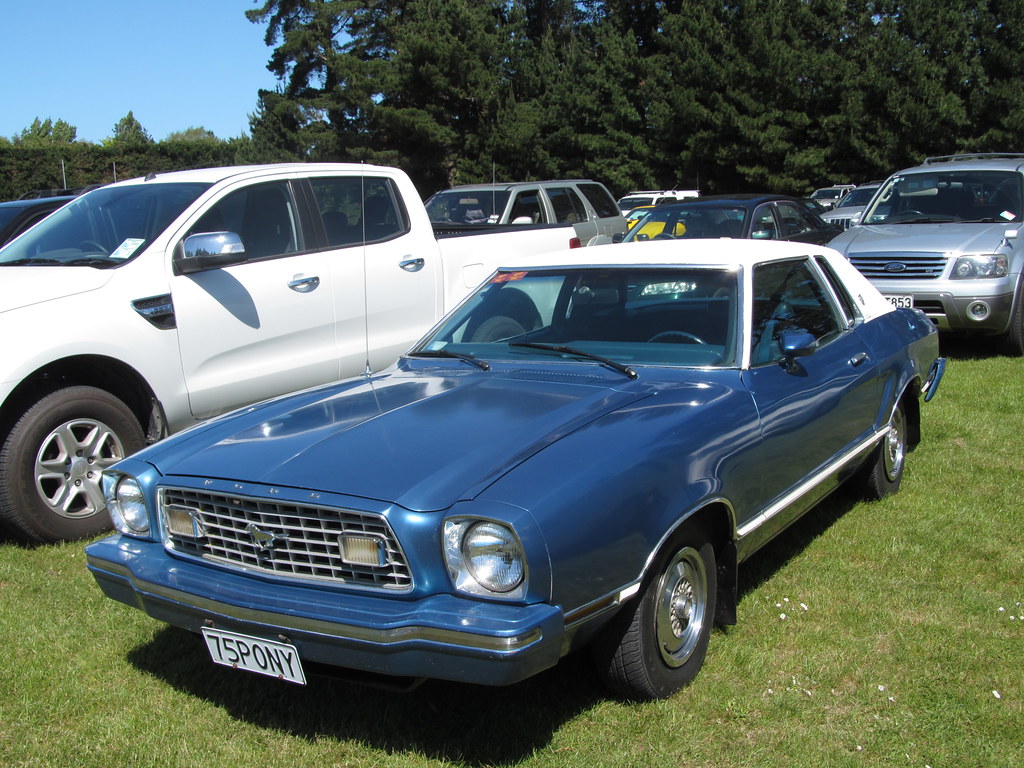
12. **Navigating the Repair Process: Updates, Dealerships, and Reimbursement**Once a recall is confirmed, the next step involves initiating the repair process. The method of repair depends largely on the nature of the defect and the vehicle’s capabilities. For software-related issues, such as the SYNC 4 glitch (25V-315 / 25S49), an Over-the-Air (OTA) update is often the preferred and most convenient solution.
If a vehicle is equipped with FordPass Connect and actively connected, the software patch can be delivered wirelessly. Owners will typically receive an on-screen prompt to accept and install the update. However, anecdotal evidence suggests that OTA updates do not consistently reach all eligible vehicles, with some owners reporting delays or failures. In such cases, or if the vehicle is not OTA-capable, a dealership visit becomes necessary.
Dealerships will perform manual software flashes for updates or conduct physical camera replacements for hardware defects. For the 2015 camera replacements (25V-270, 25V-270000, and the expanded 1.45 million recall), parts are generally stocked, and repairs are free. However, for specific models like the 2022–2023 Bronco camera replacements (25V-273 / 23S48), significant parts delays are anticipated, extending eligibility for service until late 2025. Some Ford dealers may offer mobile service for hardware recalls, a convenient option for owners with logistical challenges. Furthermore, Ford will reimburse owners who have already paid out-of-pocket for repairs later covered by a recall. To claim, owners must submit original receipts and proof of payment via Ford’s Recall Reimbursement Portal or the mailing address provided in their official recall letter. It is crucial to remember that reimbursement does not close the recall; the official fix must still be logged in Ford’s system.
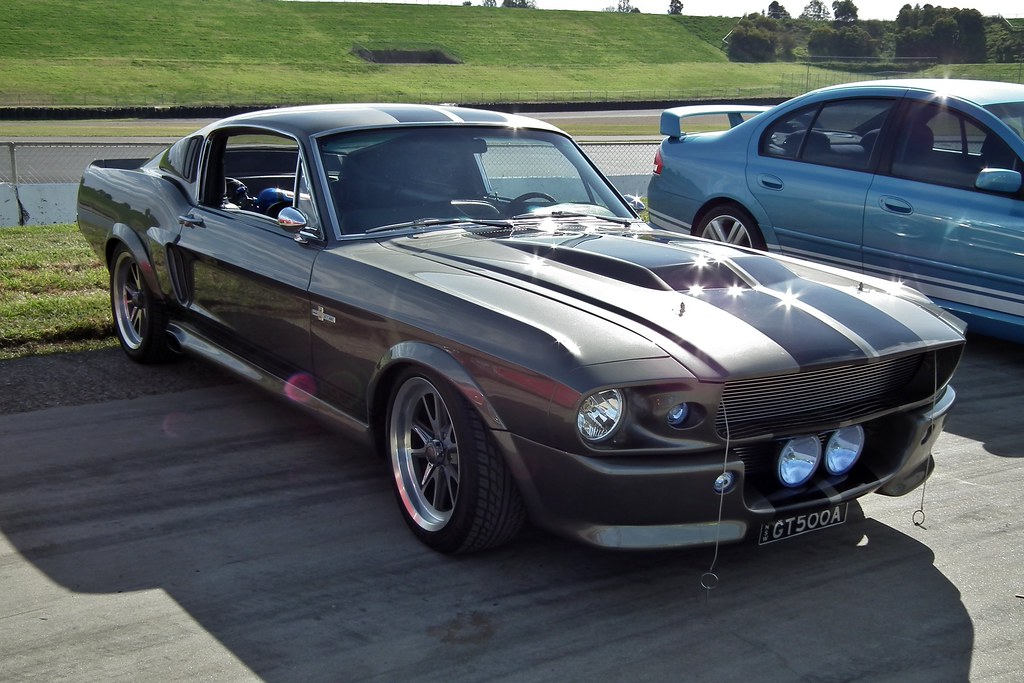
13. **Safety First: Driving Precautions During Recall Periods**Until a recalled rearview camera is properly repaired, owners must adopt heightened driving precautions, as the camera’s reliability cannot be guaranteed. A non-functional or intermittently failing rearview camera compromises a critical safety feature, increasing the risk of low-speed collisions and potential harm to pedestrians or property. Drivers should proactively adjust their habits to compensate for this known defect.
Foremost, it is imperative to back up slowly and deliberately. This allows more time for observation and reaction. Drivers should revert to traditional methods of reversing, which include utilizing side and rearview mirrors diligently. Equally important is to physically look over one’s shoulder to gain a direct, unobstructed view of the area behind the vehicle. This ‘old school’ approach is a vital safeguard when electronic aids are unreliable.
Furthermore, drivers must remain vigilant for pedestrians, particularly children, and small objects that a failing camera might entirely miss or fail to display. The absence of an image or a frozen screen should never be dismissed as a minor glitch. Instead, it should be treated as a clear warning that the safety system is compromised. Maintaining situational awareness and relying on multiple senses are paramount to mitigating risks while awaiting the necessary repairs.
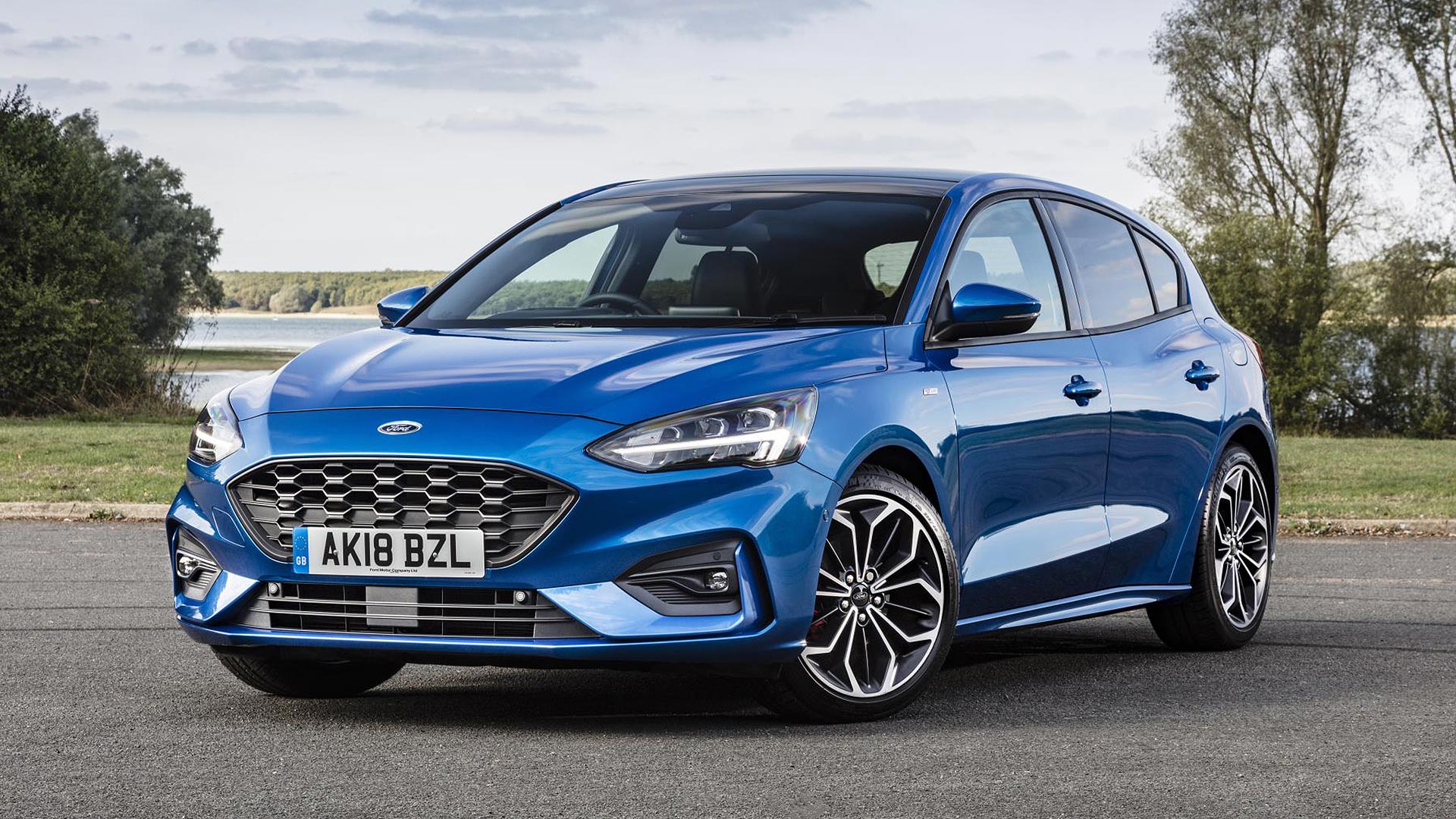
14. **Ford’s Commitment to Compliance and Future Safety**Ford Motor Company’s ongoing series of rearview camera recalls underscore a persistent challenge in ensuring vehicle safety and compliance with federal regulations. The National Highway Traffic Safety Administration (NHTSA) is closely monitoring Ford’s actions, particularly in light of the previous $165 million fine and the consent order imposed in November 2024. This order mandated significant reforms to Ford’s internal safety processes, including the development of a real-time safety analytics platform, improved data-sharing with NHTSA, accelerated recall decision-making, and investment in a dedicated camera/imaging test lab.
These directives place Ford under intense scrutiny, signaling a commitment by regulators to ensure systemic improvements. For vehicle owners, this means that while current issues are being addressed, Ford is also under obligation to enhance its preventive measures and rapid response capabilities for future potential defects. Owners play a critical role in this ongoing effort by staying informed and proactive.
Running regular VIN checks on NHTSA.gov/Recalls or Ford’s dedicated platforms, actively pursuing software updates or scheduling hardware repairs, and filing for reimbursement for out-of-pocket expenses are all essential steps. Beyond immediate safety, diligent maintenance and documentation of recall repairs can bolster a vehicle’s resale value, as prospective buyers often check VINs for open recalls. Ultimately, a collaborative approach between Ford, regulators, and informed owners is vital to ensure long-term vehicle safety and rebuild trust in these critical systems.
Read more about: Got a Recall Notice? Six Vehicle Models Recalled Three Times or More This Year
This comprehensive overview of Ford’s rearview camera recalls serves as a vital resource for owners navigating these complex safety concerns. From understanding the nuances of software glitches and hardware failures to executing necessary repairs and adopting cautious driving habits, informed action is the most powerful tool for ensuring safety on the road.


